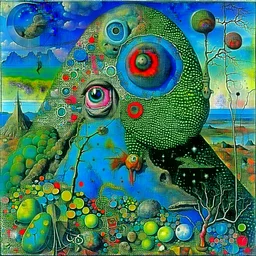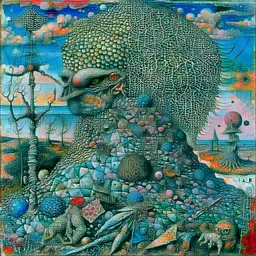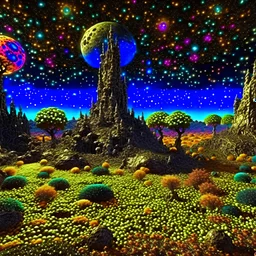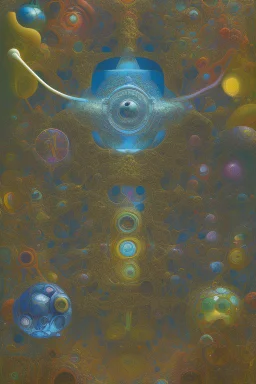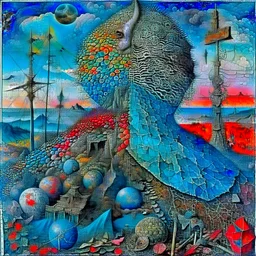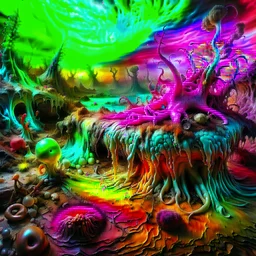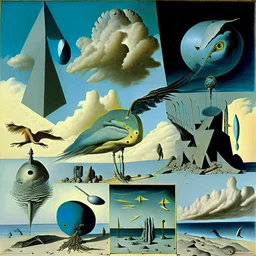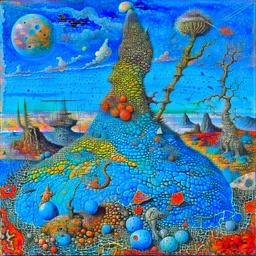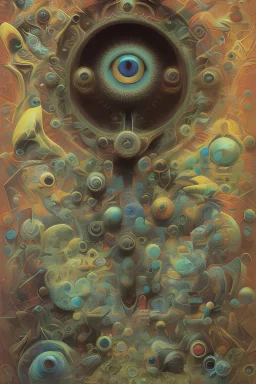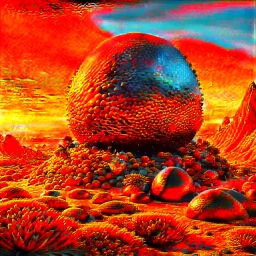
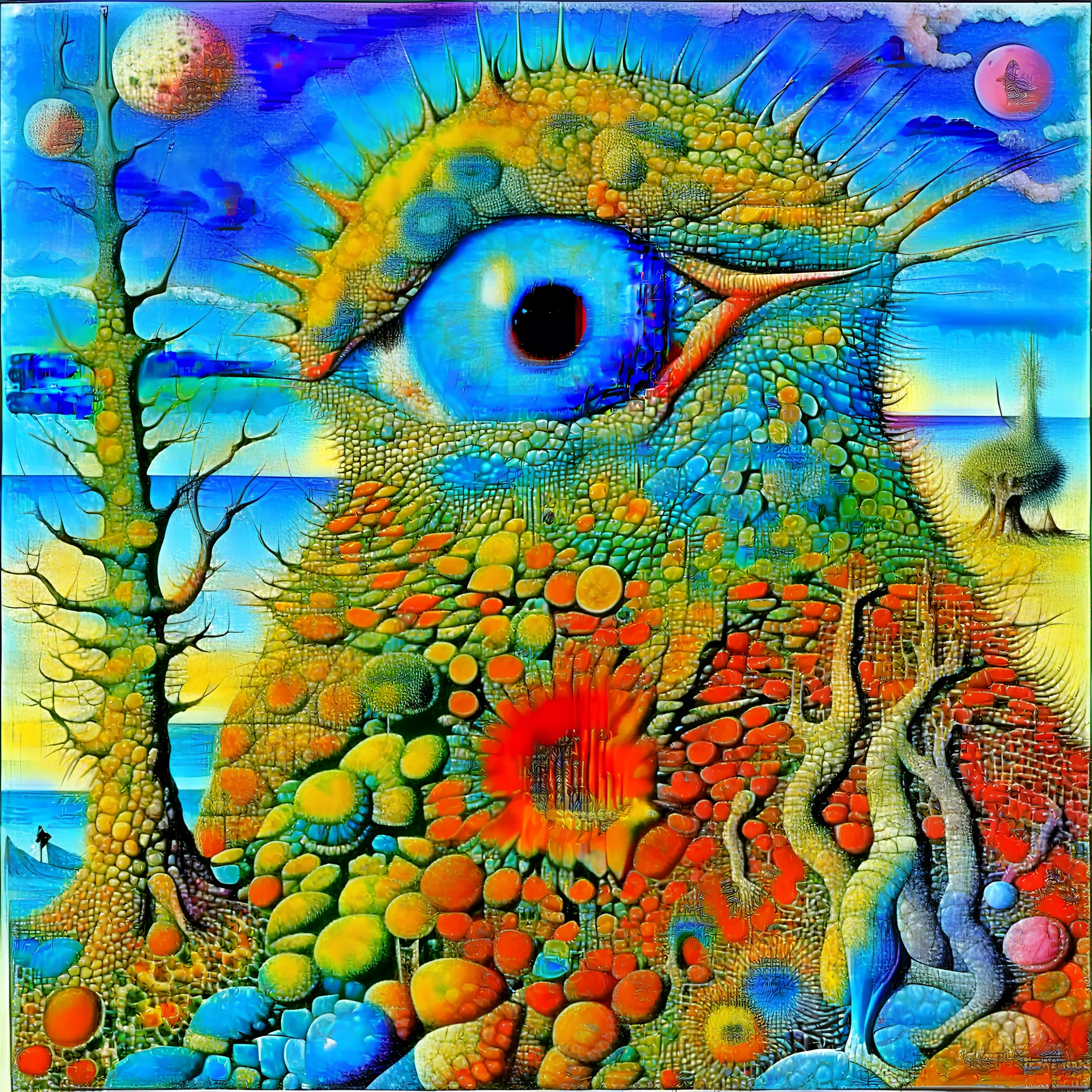
@Mabaaigen
Prompt
For The Eye of Silence Max Ernst employed a technique called decalcomania to create arbitrary textures on the canvas, which he then reworked to resemble rock formations and forms of animals, plants. a primordial-like "part vegetation, part rock and part bejewelled
Light
2 years ago
Model
Kandinsky 2.2
Guidance Scale
12
Dimensions
4096 × 4096
